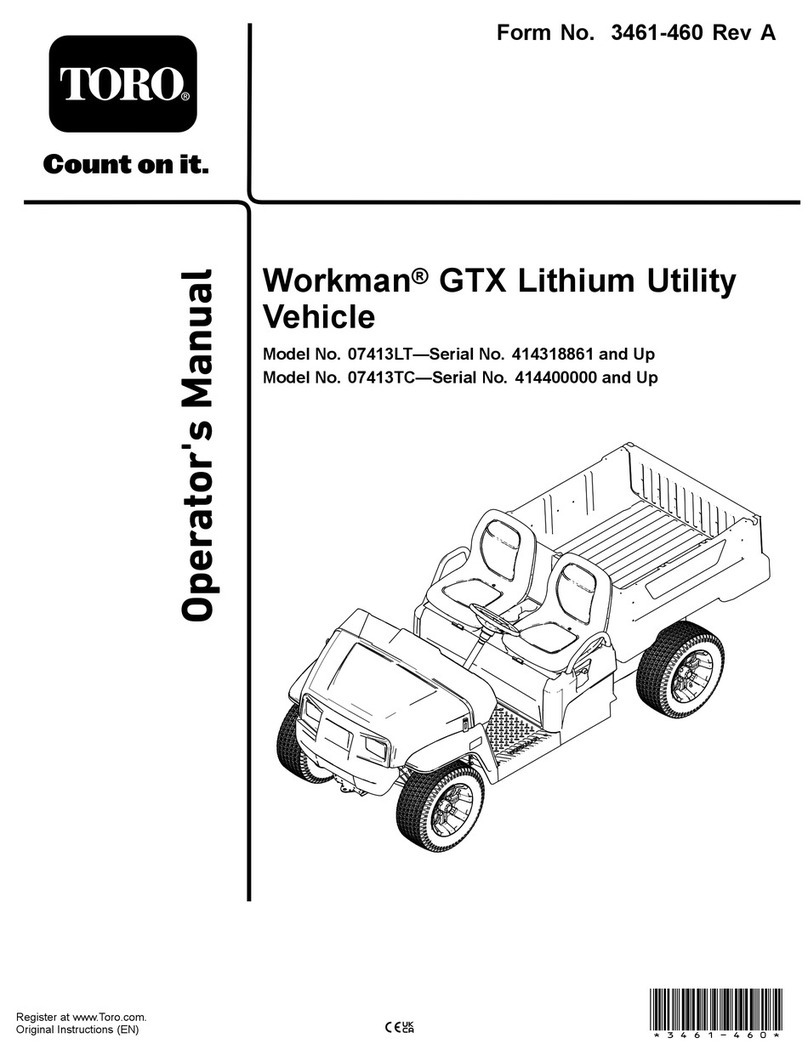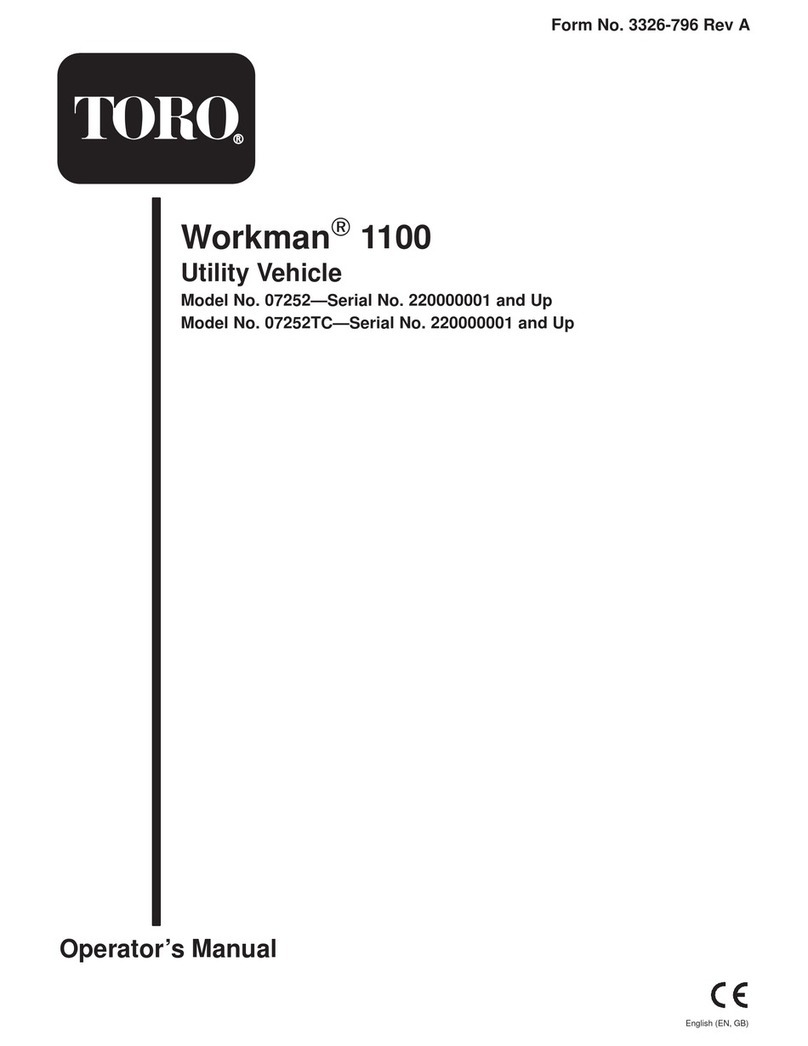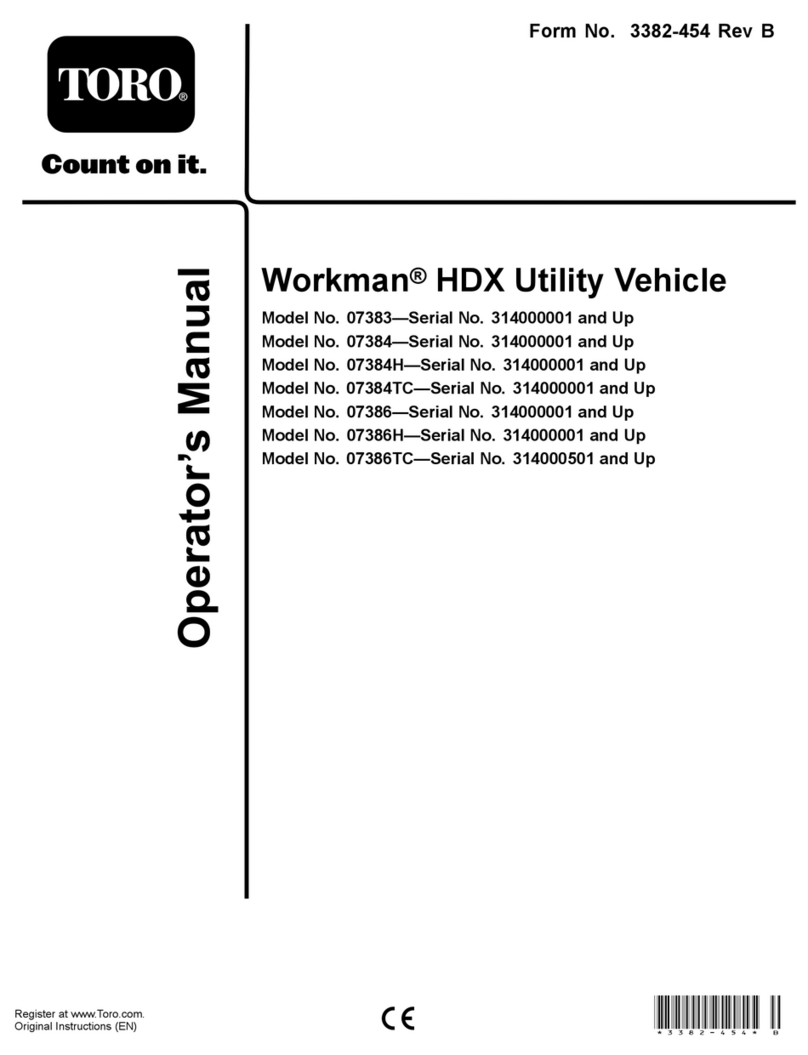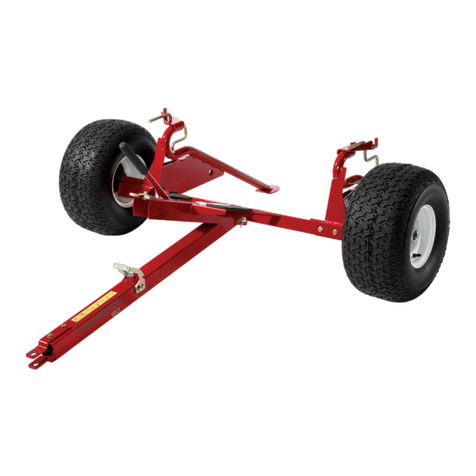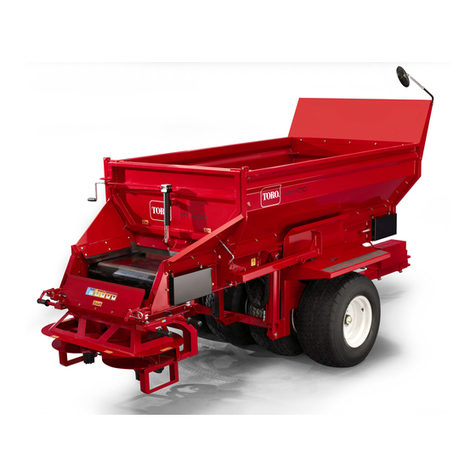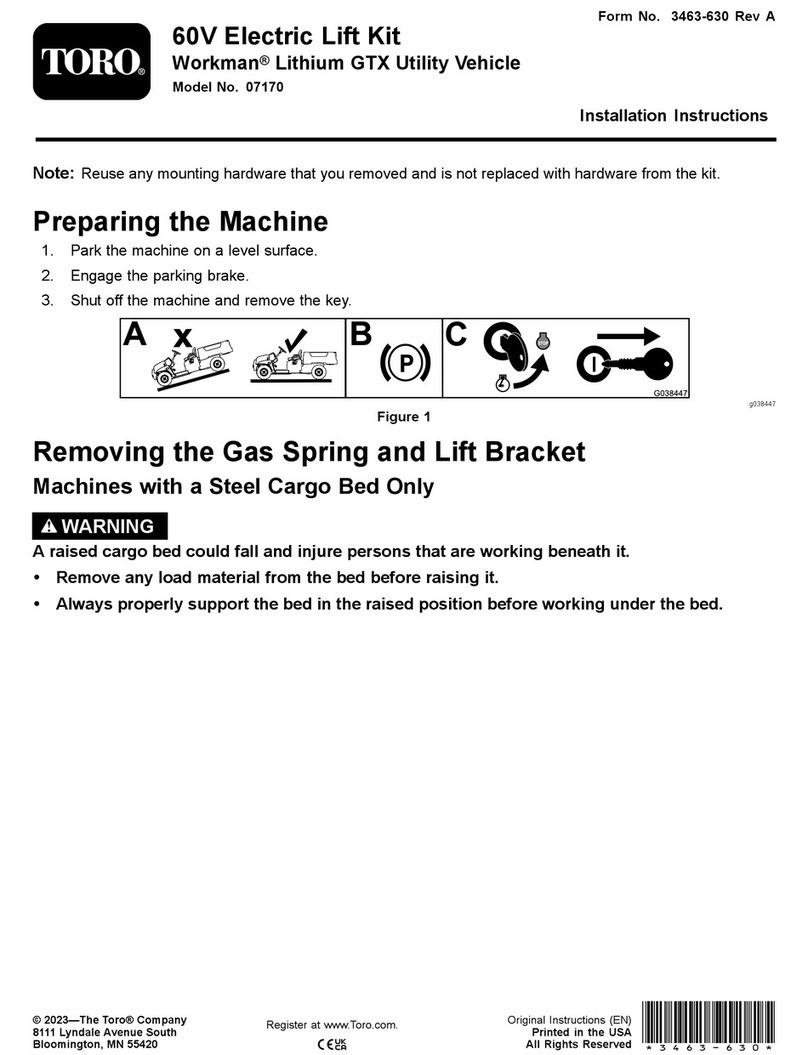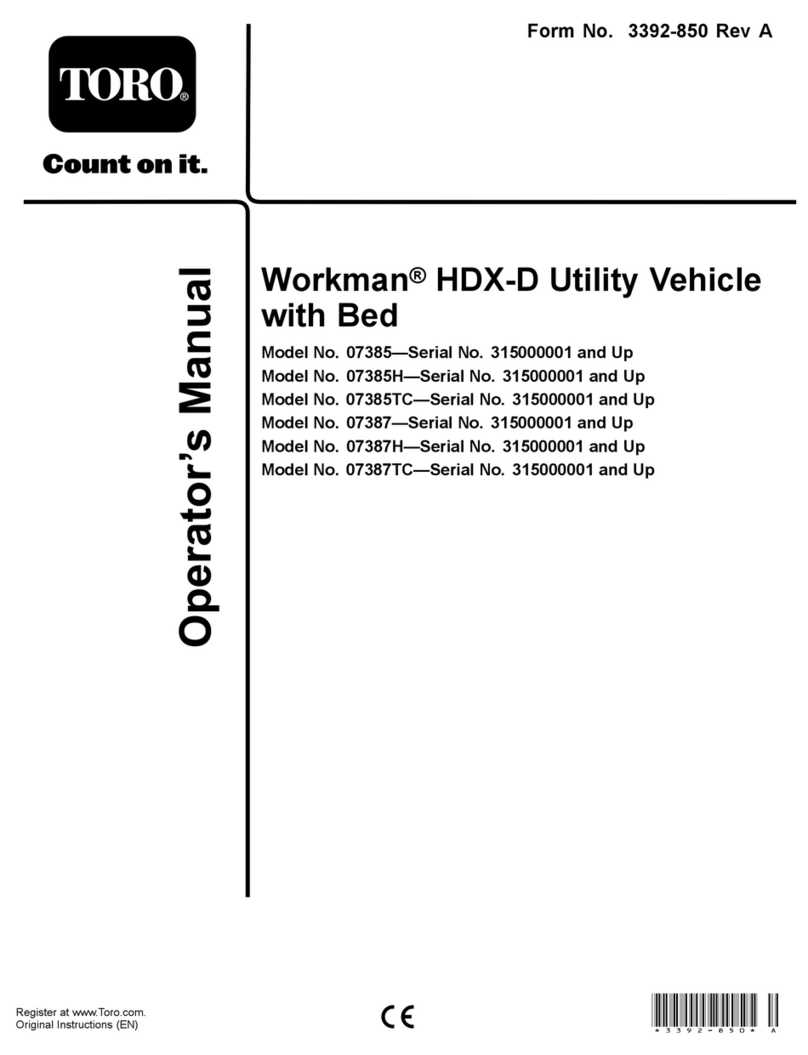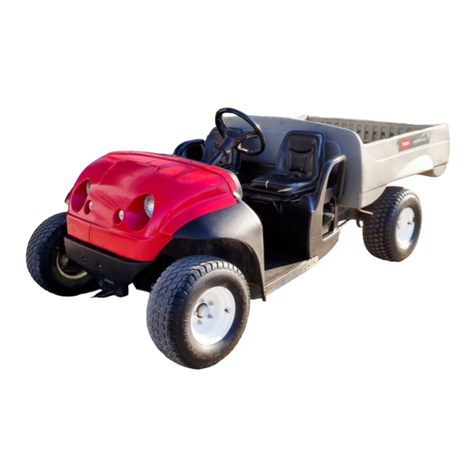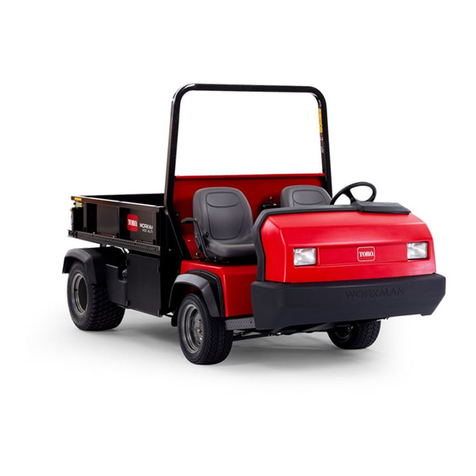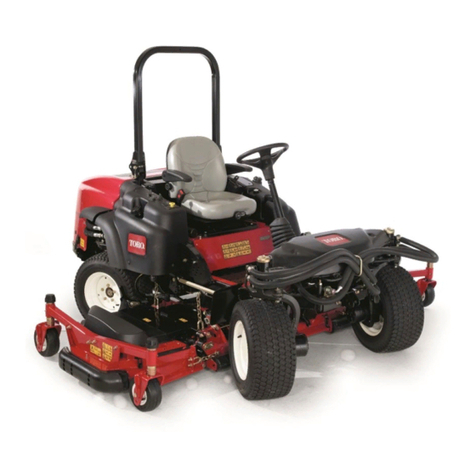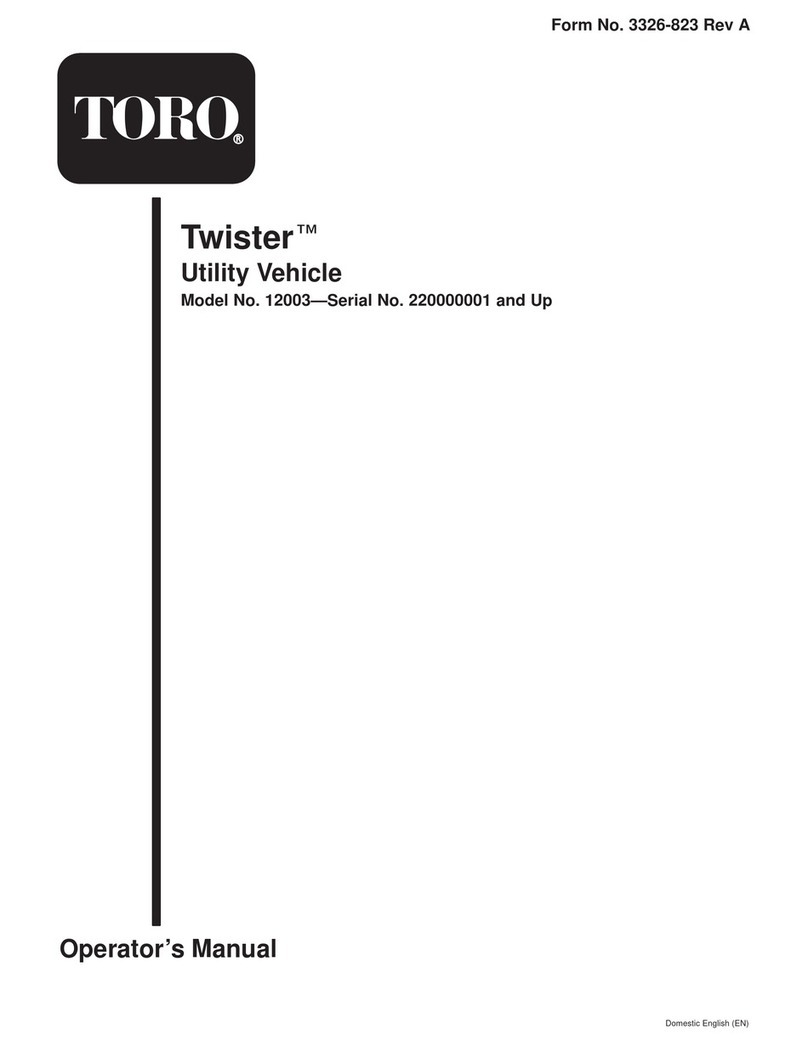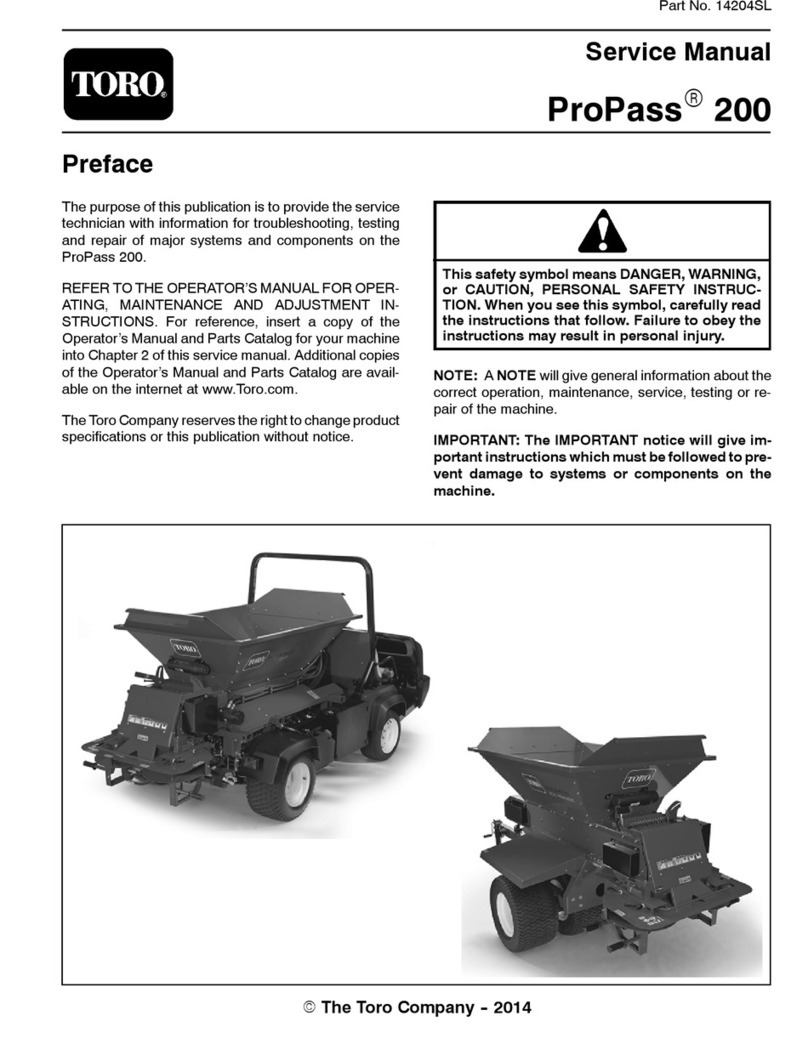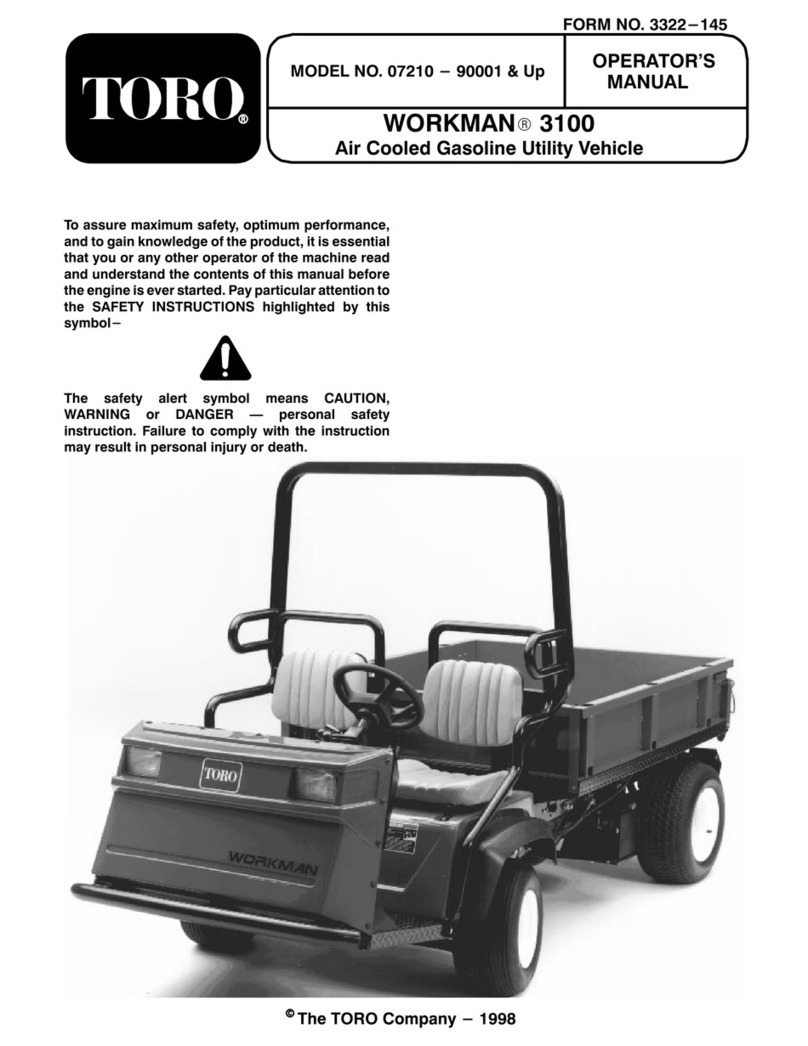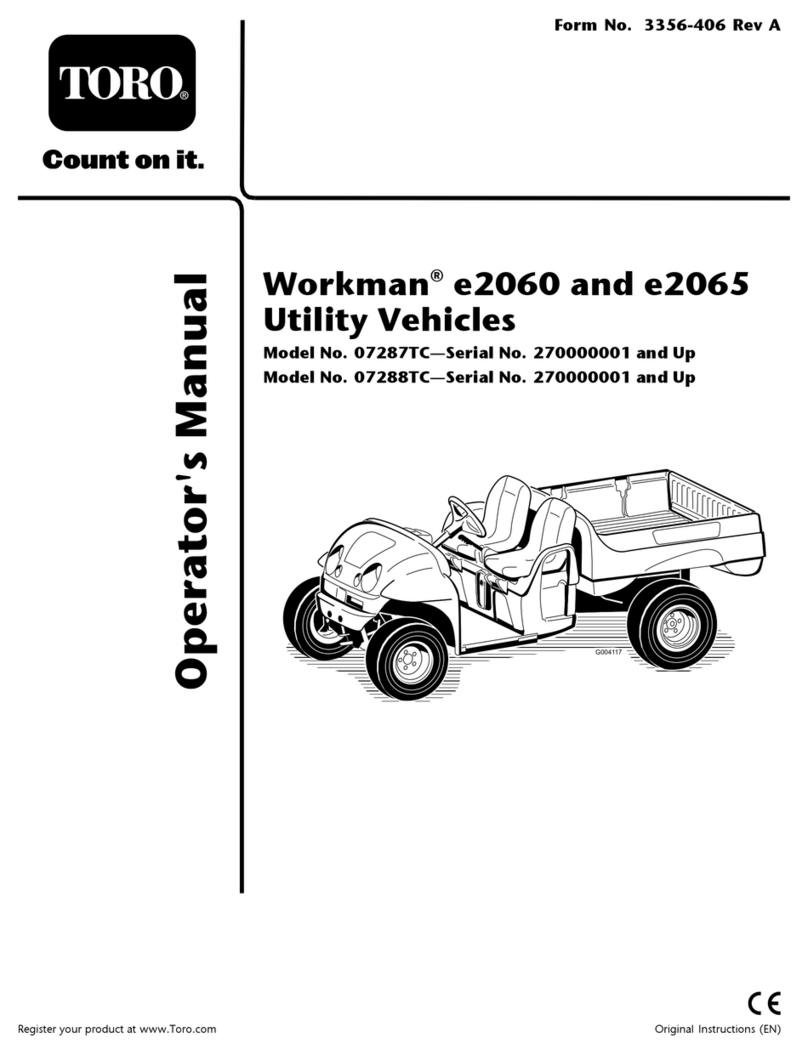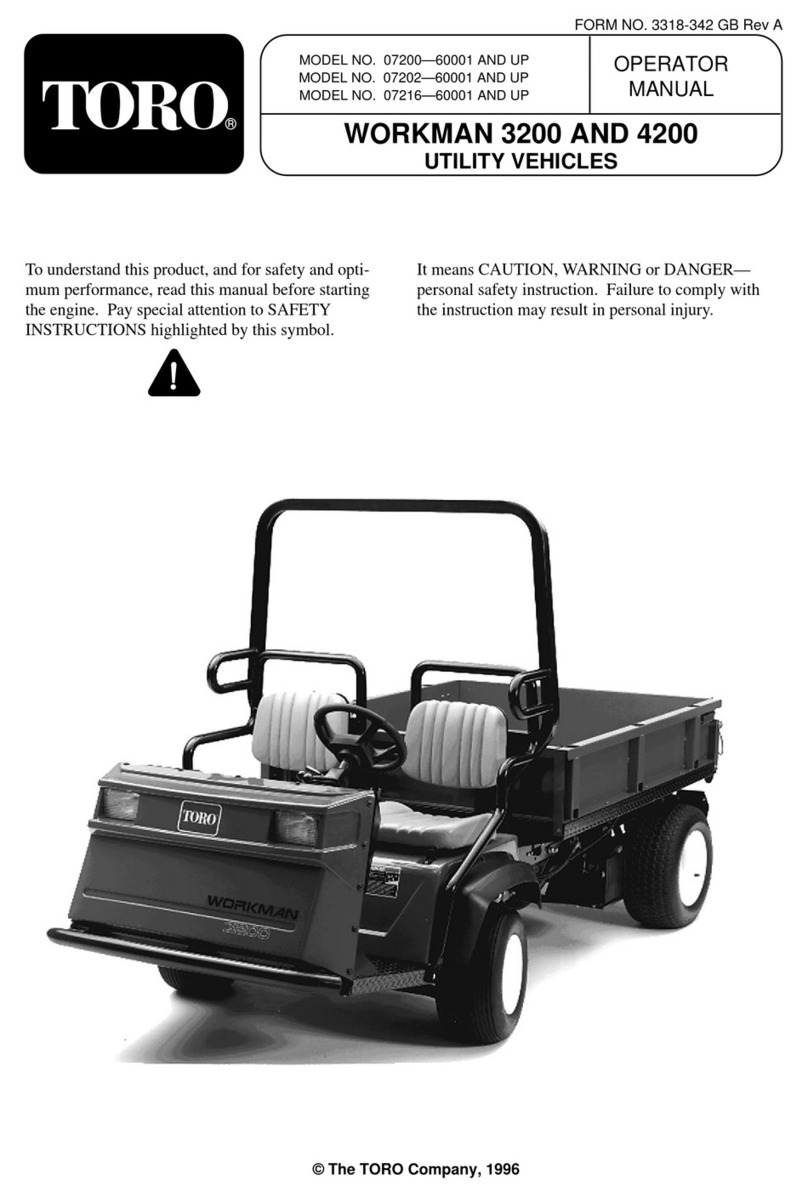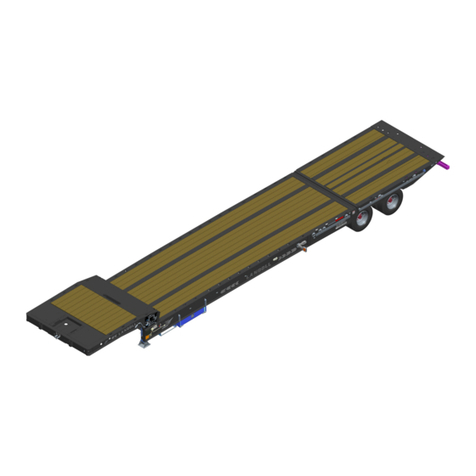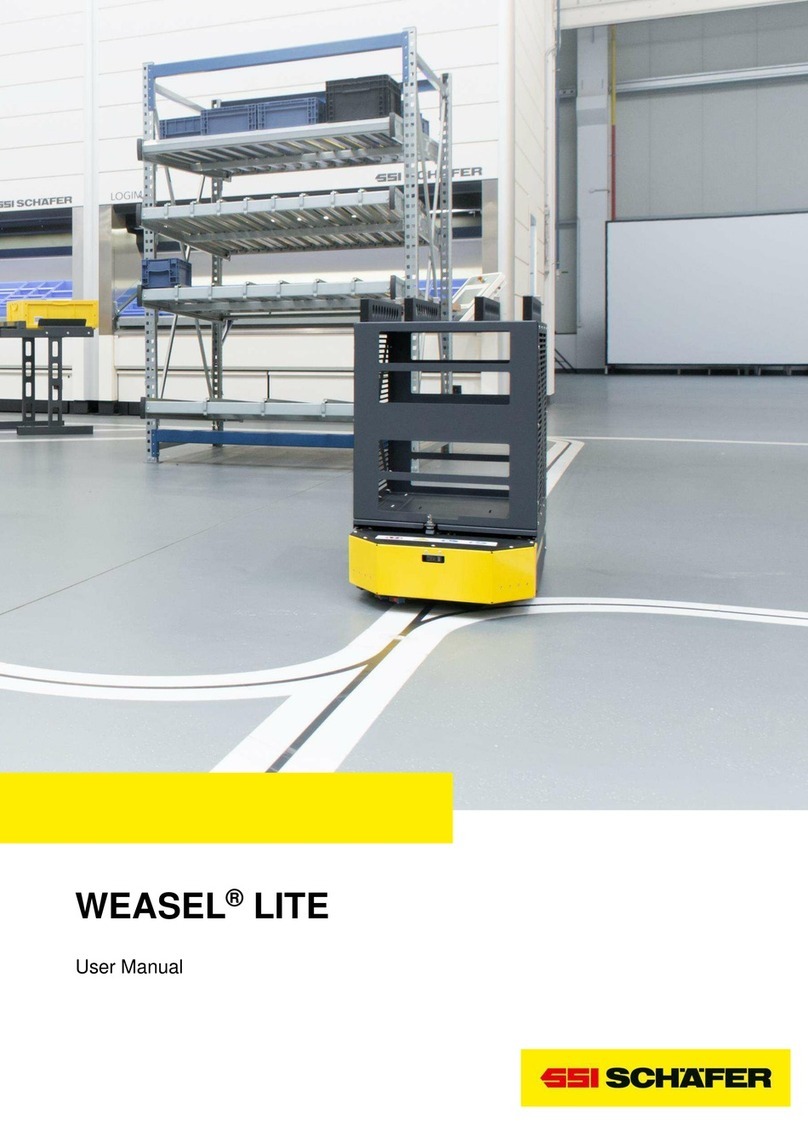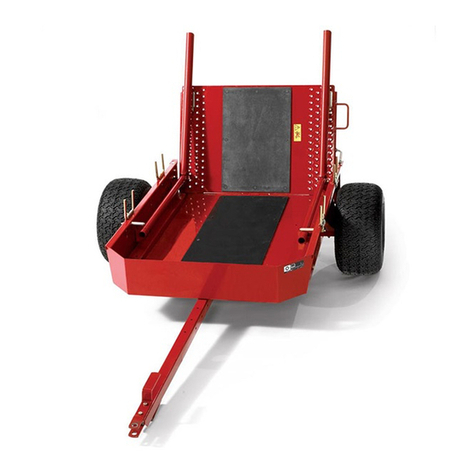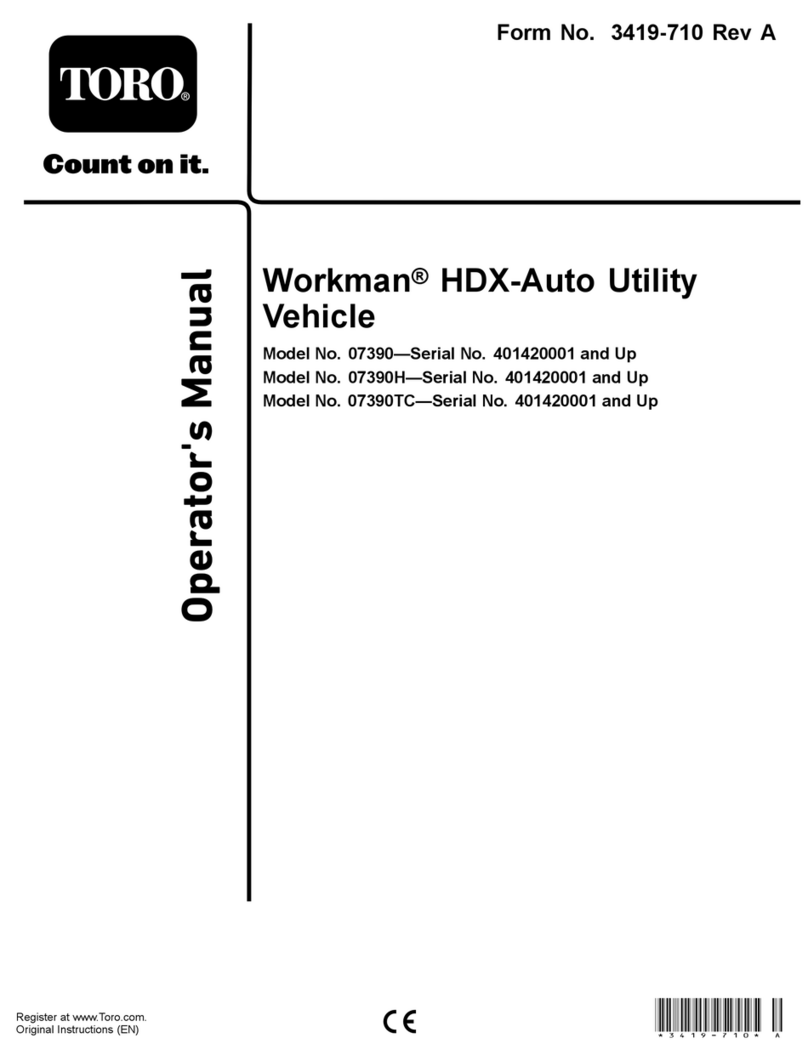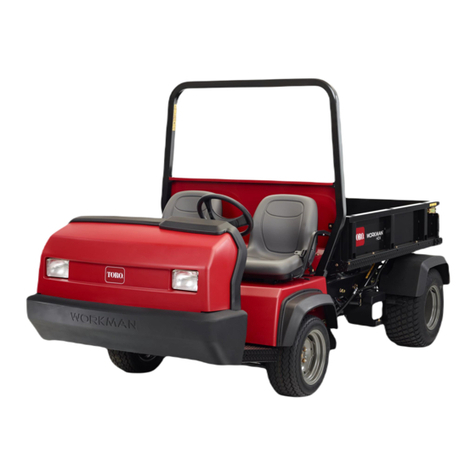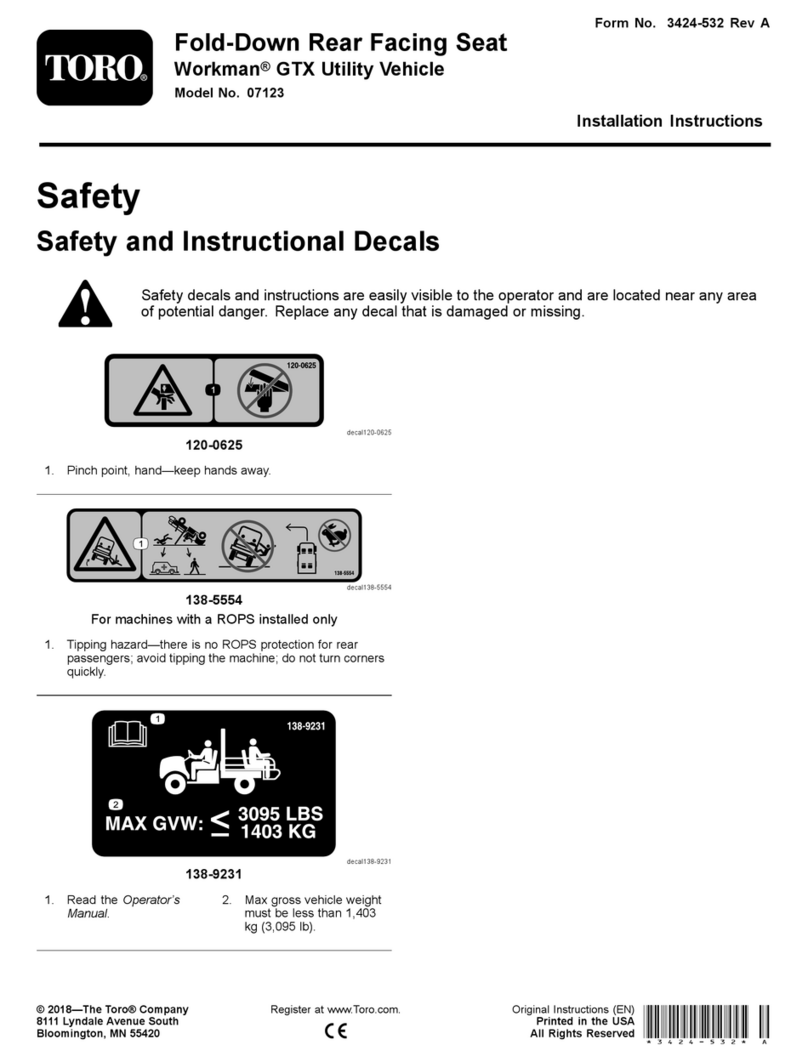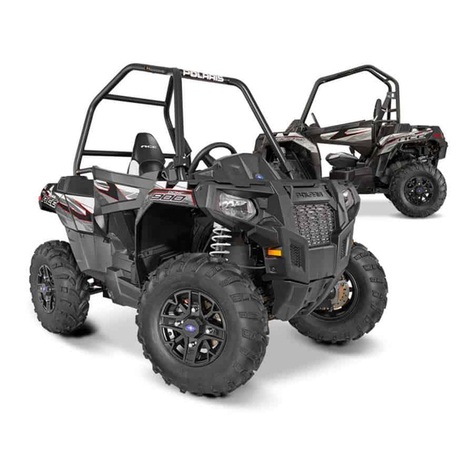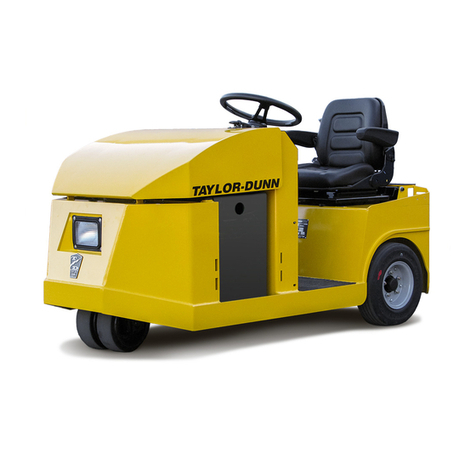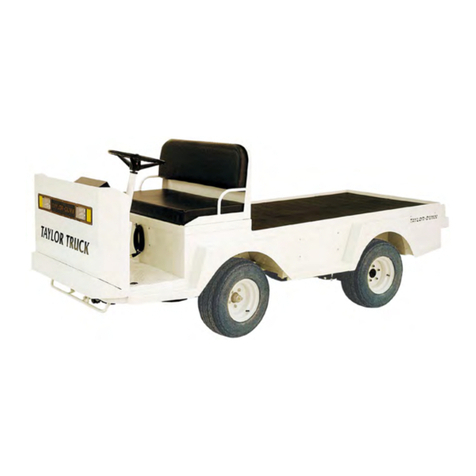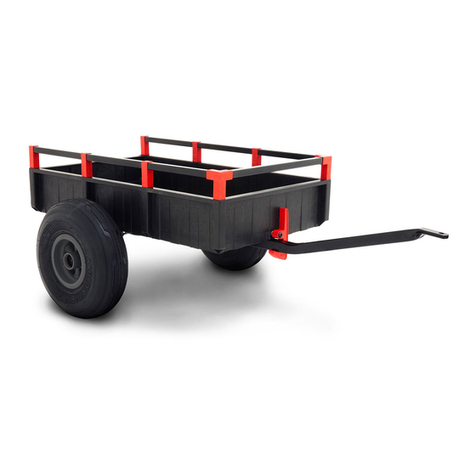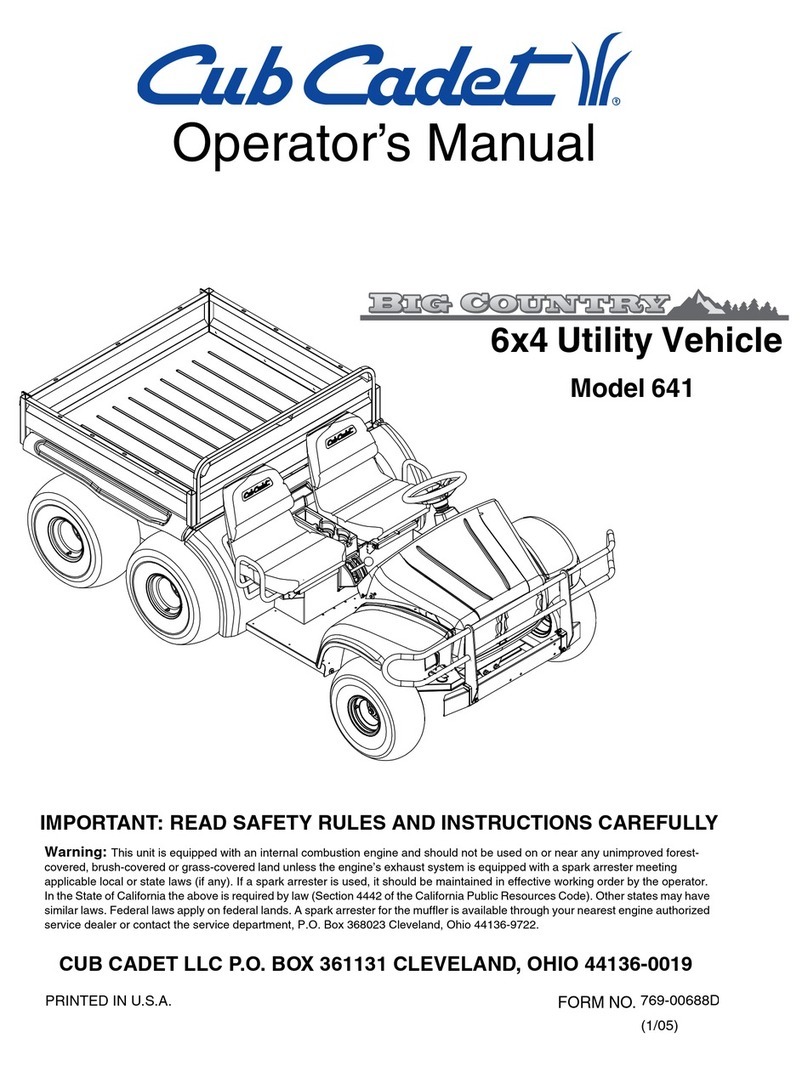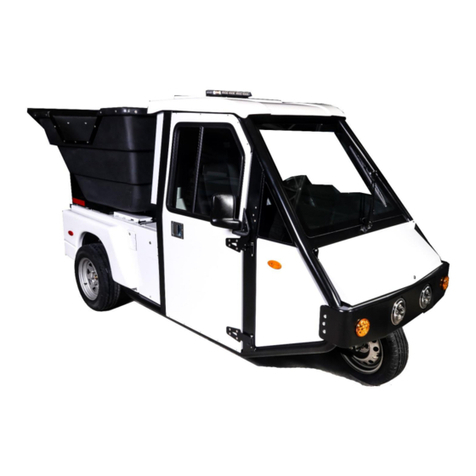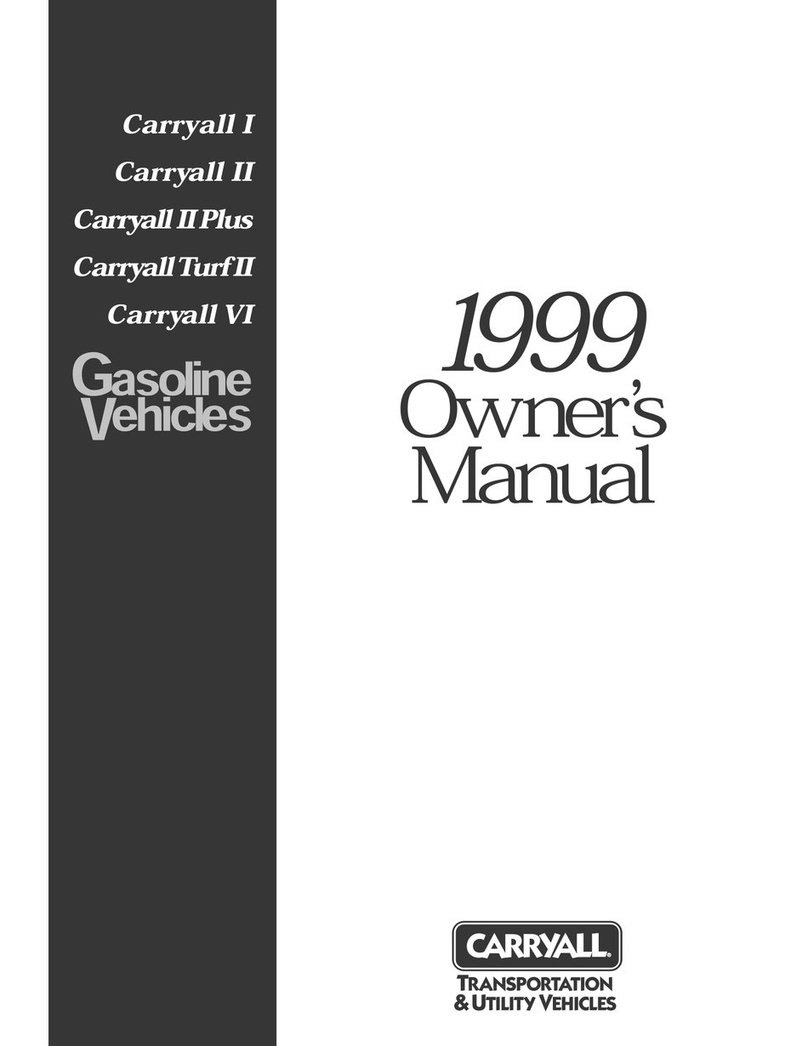• Always wear substantial shoes. Do not operate
the machine while wearing sandals, tennis shoes
or sneakers. Do not wear loose fitting clothing or
jewelry which could get caught in moving parts
and cause personal injury.
• Wearing safety glasses, safety shoes, long pants
and a helmet is advisable and required by some
local safety and insurance regulations.
• Avoid driving when it is dark, especially in
unfamiliar areas. If you must drive when it is
dark, be sure to drive cautiously, use the
headlights, and even consider adding additional
lights.
• Be extremely careful when operating around
people. Always be aware of where bystanders
might be.
• Before operating the vehicle, always check the
designated areas of the vehicle that are stated in
the pre-starting section of this manual. If
something is wrong, do not use the vehicle.
Make sure that the problem is corrected before
the vehicle or attachment is operated.
• Since gasoline is highly flammable, handle it
carefully.
– Use an approved gasoline container.
– Do not remove the cap from the fuel tank
when the engine is hot or running.
– Do not smoke while handling gasoline.
– Fill the fuel tank outdoors, and fill it to
about 25 mm below the top of the tank (the
bottom of the filler neck). Do not overfill it.
– Wipe up any spilled gasoline.
Before Operating
• Operate the machine only after reading and
understanding the contents of this manual.
• Never allow children to operate the vehicle.
Anyone who operates the vehicle should have a
motor vehicle license.
While Operating
• The operator and passenger should remain seated
whenever the vehicle is in motion. The operator
should keep both hands on the steering wheel
whenever possible, and the passenger should use
the hand holds provided. Keep your arms and
legs within the vehicle body at all times.
• Drive slower and turn less sharply when you are
carrying a passenger. Remember your passenger
may not be expecting you to brake or turn and
may not be ready.
• Always watch out for and avoid low overhangs
such as tree limbs, door jambs, and over-head
walkways. Make sure there is enough room over
head to easily clear the vehicle and your head.
• Always shift into neutral and apply the parking
brake before leaving an idling vehicle, or else the
vehicle may creep.
• Failure to operate the vehicle safely may result in
an accident, tip over of the vehicle, and serious
injury or death. Drive carefully. To prevent
tipping or loss of control:
– Use extreme caution, reduce speed, and
maintain a safe distance around sand traps,
ditches, creeks, ramps, unfamiliar areas, or
any areas that have abrupt changes in
ground conditions or elevation.
– Watch for holes or other hidden hazards.
–Use extra caution when operating the
vehicle on wet surfaces, in adverse weather
conditions, at higher speeds, or with a full
load. Stopping time and distance will
increase with a full load.
5
Engine exhaust contains carbon monoxide, which is
an odorless, deadly poison that can kill you.
Do not run engine indoors or in an enclosed area.
WARNING
